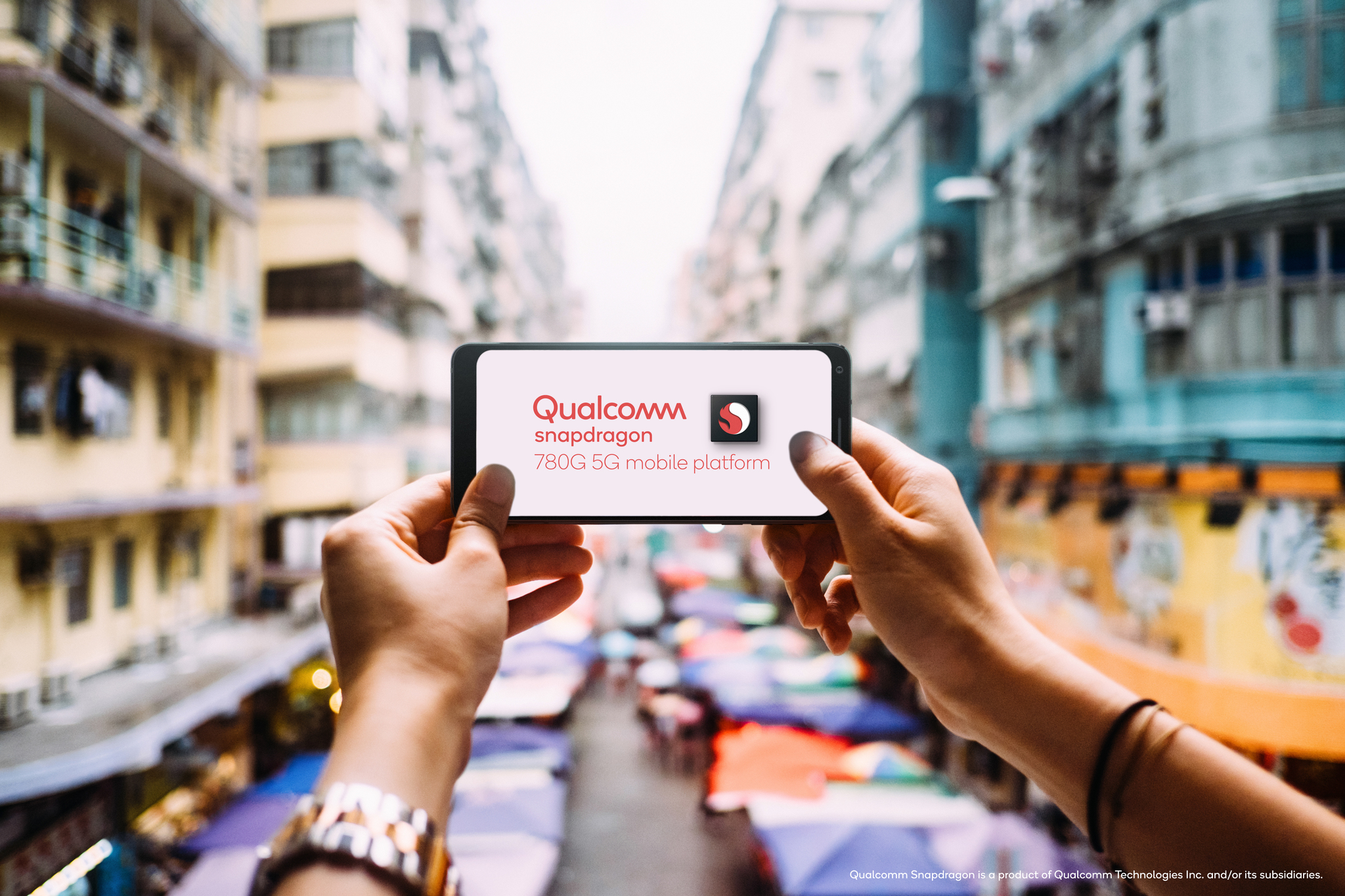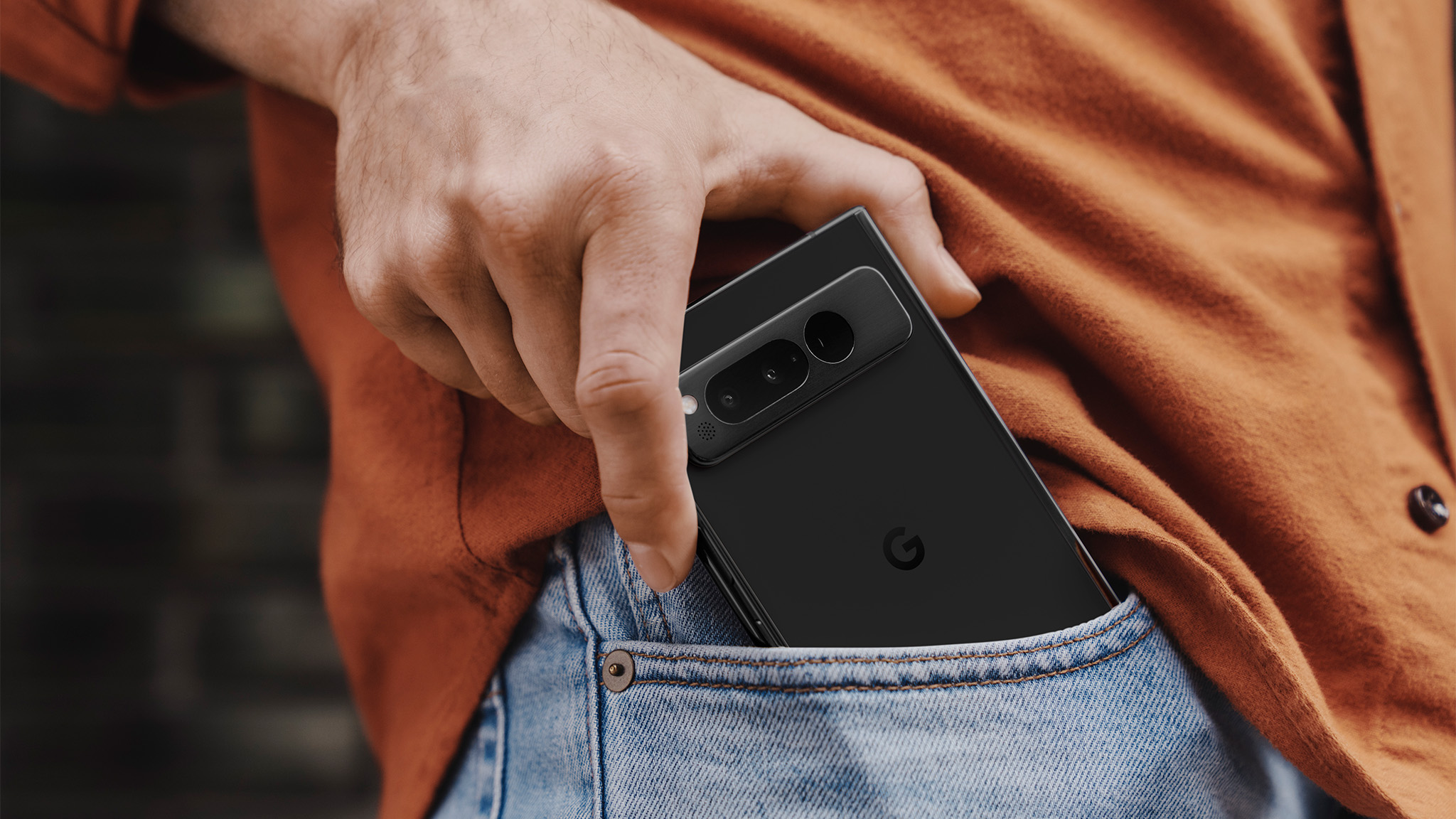The Qualcomm Snapdragon 780G is the 765 successor we've been waiting for

What you need to know
- The Snapdragon 780G features a triple ISP for simultaneous image capture and support for advanced AI capabilities.
- Qualcomm promises top-tier gaming with 10-bit HDR and updateable GPU drivers.
- The first phones to come equipped with the new chip are expected to arrive in Q2 2021.
The successor to the Qualcomm Snapdragon 765 is finally here. After much speculation about a follow-up to one of last year's most popular mobile chips, the Snapdragon 780G has arrived to continue pushing the best cheap Android phones to new heights. That includes new camera capabilities, powerful AI processing, and top-notch gaming performance, with features previously found only in the flagship Qualcomm Snapdragon 888.
The new Snapdragon 780G consists of a Kryo 670 CPU and Adreno 642 GPU built using a 5nm process, making it more energy-efficient and 40% more powerful than the 7nm Snapdragon 765. Qualcomm touts its 6th generation AI processor offers 2x the performance compared to the Snapdragon 768, which itself was a boosted version of the 765. This helps to enable AI across all aspects of the smartphone experience thanks to Qualcomm Sensing Hub, enhancing various aspects of normal use from voice calls to your data connection.
Images get a boost with the new Qualcomm Spectra 570, bringing the first triple-capture ISP to Qualcomm's 7-series chips. This means you can simultaneously capture images from three different focal lengths, which was once a big deal with the 2018 flagship LG V40 and has recently been showing up on more smartphones. The chip should bring improved low-light capabilities as well as 4K HDR video capture.
Flagship features are arriving on mid-range phones, and Qualcomm is more than ready.
Snapdragon Elite Gaming promises a provide a smooth gaming experience with support for 10-bit HDR and 144Hz displays, which can be found on many of the best phones for gamers like the ASUS ROG Phone 5. Audio should also get a boost with thanks to Qualcomm Snapdragon Sound, which was previously only available on the Snapdragon 888.
On the connectivity side, the Snapdragon 780G comes with an integrated X53 5G modem, offering Sub-6 5G with support for Dynamic Spectrum Sharing (DDS), which allocated spectrum from a carrier's 4G network to help boost 5G. Most global 5G networks rely on Sub-6, so any smartphone powered by the Snapdragon 780G will be well-equipped for a global launch. The X53 modem supports download speeds up to 3.3Gbps, although you're unlikely to see these speeds in real-world performance.
Unfortunately, there's no support for mmWave 5G, which is more prevalent in the U.S. on carriers like Verizon. There is, however, FastConnect 6900 on-board, bringing support for Wi-Fi 6E and the 6GHz band for increased bandwidth and stronger connections.
With these powerful specs, the Snapdragon 780G manages to offer solid flagship-level performance for mid-range smartphones. Its predecessor, the Snapdragon 765, was vital in expanding 5G to more affordable price points in 2020 and was also featured in flagship smartphones like the Google Pixel 5 and LG Wing. With the best 5G networks expanding to more people and places and features from the best Android phones trickling down to more affordable devices, chips like the Snapdragon 780G ensure Qualcomm is more than up to the task.
Get the latest news from Android Central, your trusted companion in the world of Android
Smartphones featuring the Snapdragon 780G are expected to arrive in Q2, so it shouldn't be long before we start seeing the first models. If last year is anything to go off, the Google Pixel 6 is likely to sport this chipset when it launches later this year.

Derrek is the managing editor of Android Central, helping to guide the site's editorial content and direction to reach and resonate with readers, old and new, who are just as passionate about tech as we are. He's been obsessed with mobile technology since he was 12, when he discovered the Nokia N90, and his love of flip phones and new form factors continues to this day. As a fitness enthusiast, he has always been curious about the intersection of tech and fitness. When he's not working, he's probably working out.
